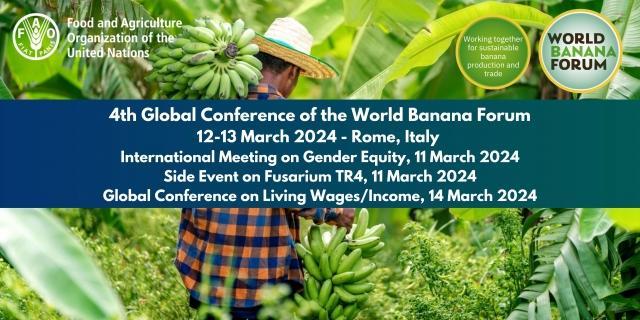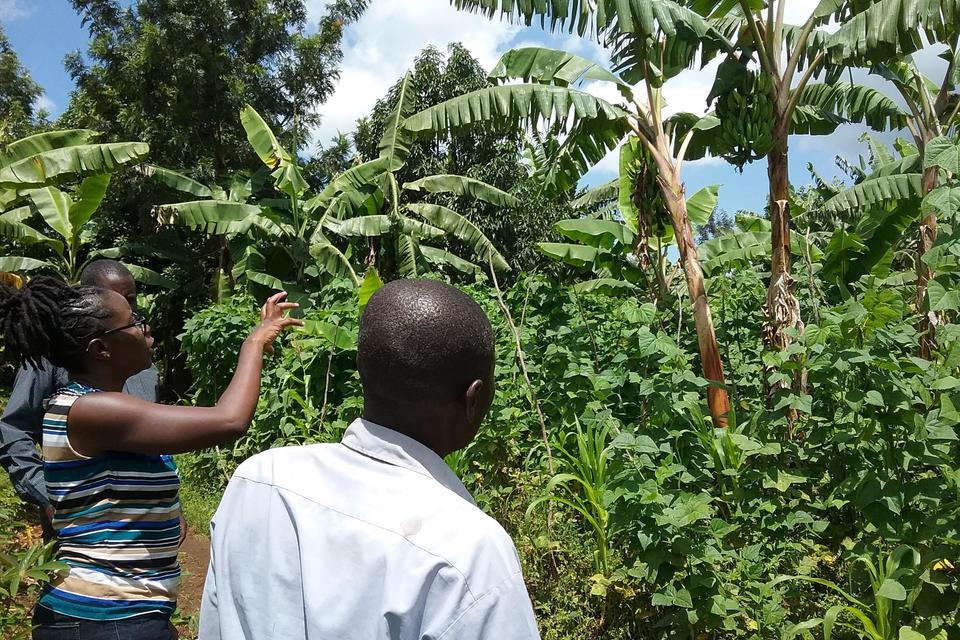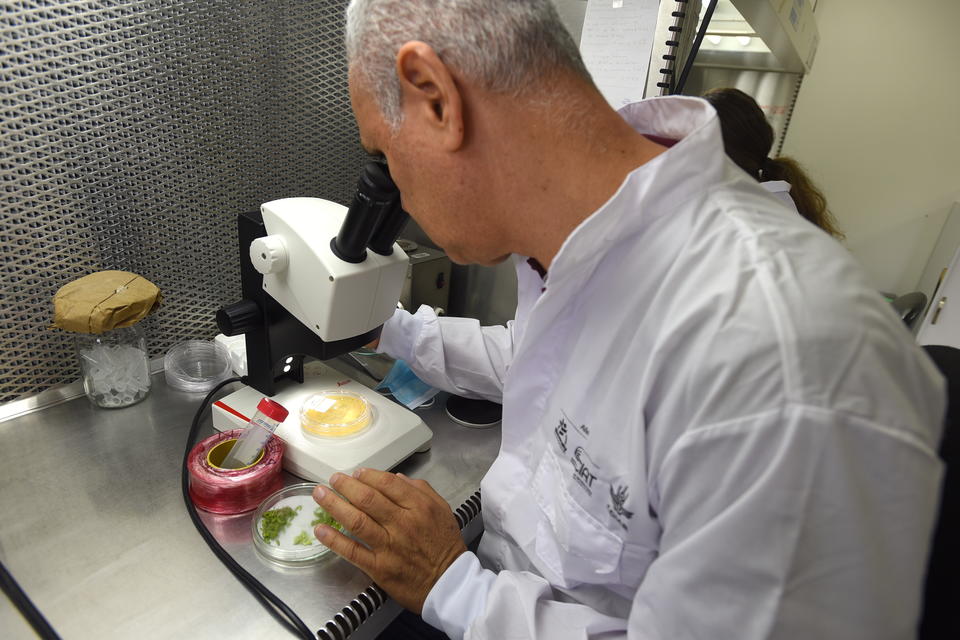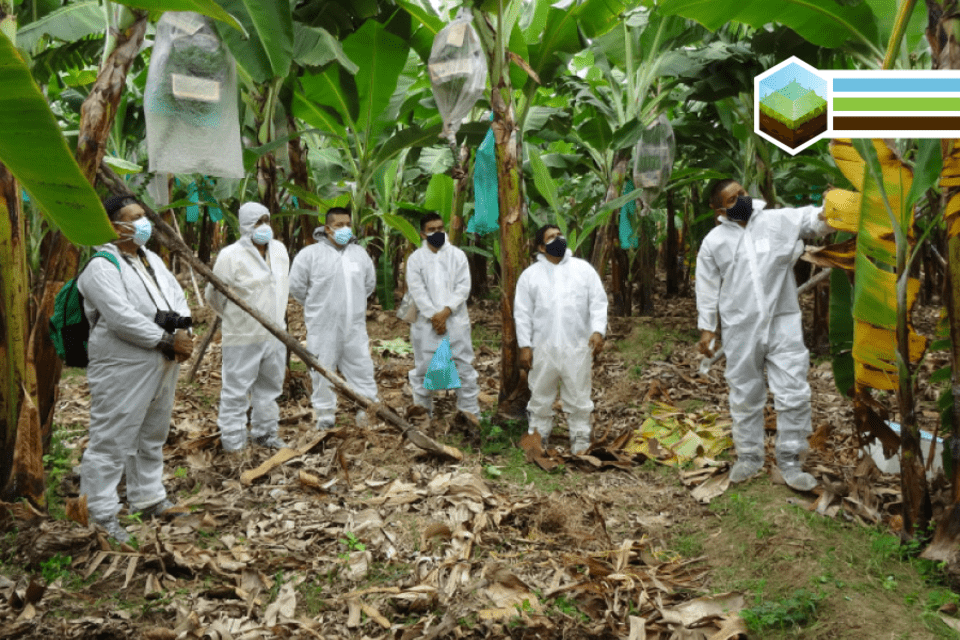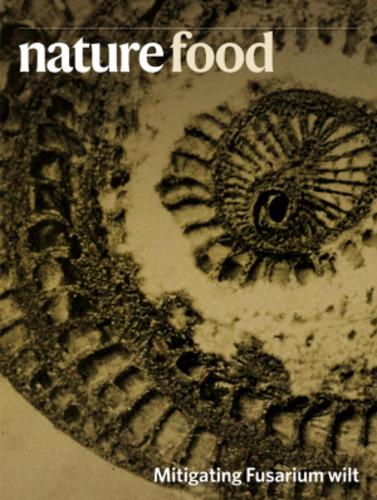Blog Bringing Diverse Bananas to Market
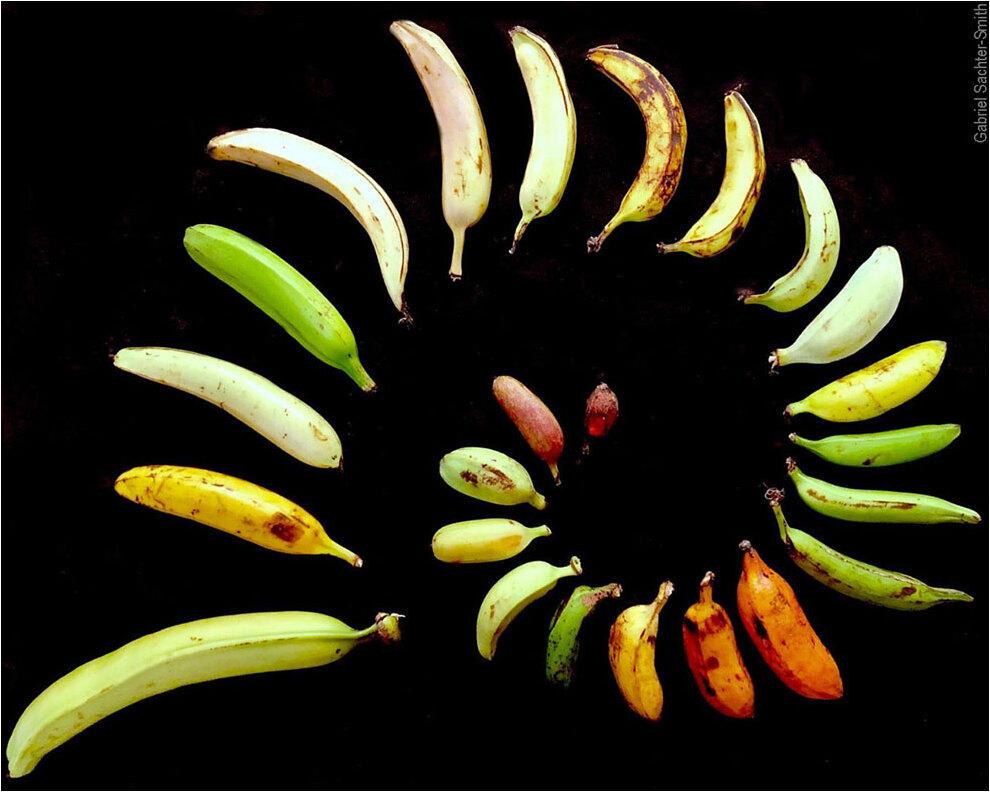
The world’s favorite fruit is back in the spotlight. Leading up to the World Banana Forum’s 4th Global Conference, Alliance researchers weigh in on the latest efforts to collect, protect, and benefit from banana diversity.
By: Sebastien Carpentier, Miguel Dita, Bart Panis, Mathieu Rouard, Yu-Chun Liao
Upcoming events
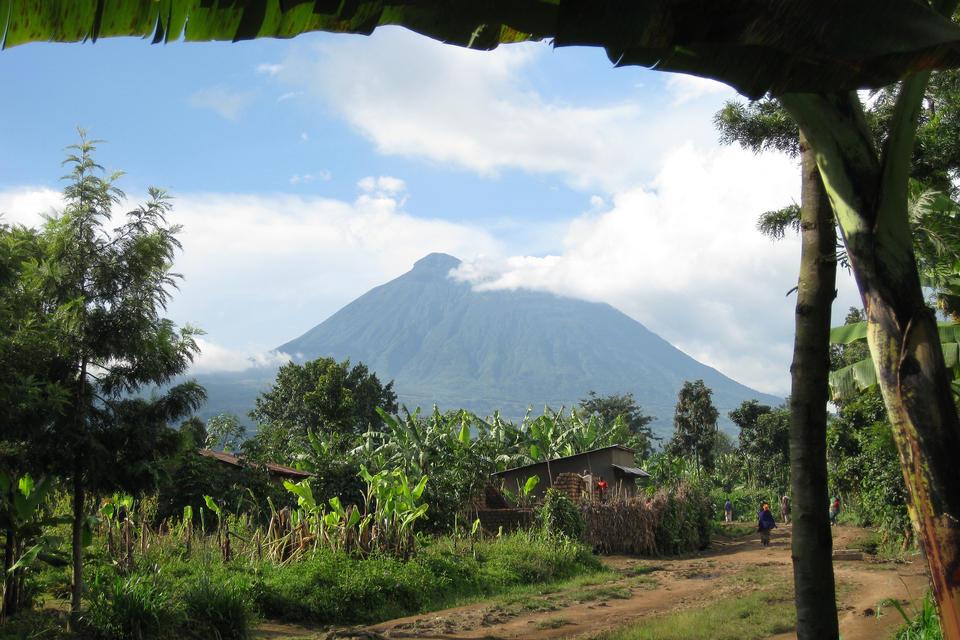
Different genes provide disease resistance
Increasingly, private industries are investing in breeding new bananas for the export market that are climate-resilient, disease-resistant, and more nutritious. Scientific tools such as our high-throughput phenotyping platforms, which select varieties that are hardy and well-adapted for local climate conditions, are useful to boost (pre)breeding.
Recently, genetically modified bananas were cleared for markets in Australia and New Zealand. These Cavendish varieties, which have a gene inserted to resist TR4 disease, are being tested by a major fruit company in areas where growth has become challenging.
Policy shifts are likewise favoring new gene edited products (as an alternative to transgenic varieties), such as non-browning bananas in the Philippines that can dramatically reduce food waste.
Parallel to the efforts at the Alliance's Americas Hub in Cali, which applies CRISPR gene editing technology to cacao and rice, our researchers based in Leuven and Montpellier are developing tailor-made technological solutions for bananas and the development of genomic resources and gene discovery pipelines essential for such biotechnological activities.

Bananas en route to market in Kenya. Credit: Alliance of Bioversity and CIAT
Biodiversity benefits farmers and consumers
For any efforts to breed better bananas to be successful, we must also look to their biodiversity. Over 1,700 different accessions are currently conserved at the world banana collection (ITC) managed by the Alliance with KU Leuven in Belgium. Since 1985, thousands of these samples, distributed globally, have provided benefits for producers and consumers; for example:
-
In Tanzania’s Kagera region, high-yield varieties with pest and disease resistance were introduced from the ITC genebank as part of an ambitious program by the governments of Tanzania and Belgium and the Alliance of Bioversity and CIAT begun in the late 1990s. Coupled with training on new management practices, this greatly increased biodiversity. Recent introductions and long-term knowledge transfer have resulted in a threefold increase in production, greatly benefiting the 1.2 million people in the region who rely on bananas as a staple food.
-
Meanwhile in East Africa, researchers led by Beatrice Ekesa have introduced banana varieties originally from Asia Pacific into local diets. These red and orange types are naturally nutrient-rich and are an effective way to help communities overcome vitamin A deficiency, which stunts child development and can cause blindness.
-
Another example of integrating biodiversity in agriculture is My Farm Trees, a digital platform that collects information on native fruit trees and climate-smart banana varieties. Drawing on mobile technology and blockchain-tracked digital payment transfers, this incentivizes farmers planning tree-based land restoration.
New frontiers for banana markets: Asia Pacific
In the context of the World Banana Forum, we see a strong appetite for banana consumption aligned with increased health consciousness. A rich source of potassium (K), vitamin B6, vitamin C, and dietary fibers, bananas have long been a staple in many regions and a significant source of livelihoods. Bananas do not only serve as a dessert and a vital ingredient in many food products but are also a popular snack eaten to replenish energy and electrolytes after sports. While the demand for bananas is forecasted to rise, countries are directing attention to developing sustainable marketing and processing lines post-pandemic to minimize disruptions in the international value chain.
As the birthplace of bananas and the center of their diversity, Asia Pacific is expected to expand on the production market. We are excited to establish and consolidate partnerships with stakeholders in this region, in addition to Africa and Latin America.
Transition towards agroecology

Scientists like Miguel Dita are working with farmers to prevent TR4’s spread in Latin America. Credit: M. Dita.
However, first of all, the way that we grow bananas needs to change. Monoculture has enabled large-scale efficient commercial production, but has also greatly increased our food systems’ vulnerabilities. For example, the vicious spread of TR4 disease is accelerated by soil depletion and erosion. Alliance researcher Miguel Dita, who has been part of efforts to train Latin American farmers on disease recognition and management, has been invited to speak on how best to protect farmers’ harvests against banana disease. This must include a shift towards more sustainable, restorative agricultural practices that nurture biodiversity; in other words, an agroecology transition.
An agroecological-focused approach enables smallholder farmers to better manage pests and diseases, gain access to clean planting material, conserve local genetic diversity (including valuable wild varieties), and benefit from emerging marketing opportunities. We are confident that by nurturing biodiversity, farmers and businesses can look forward to a sustainable and prosperous future for bananas.
The Team

Sebastien Carpentier
Principal Scientist, Banana Program Leader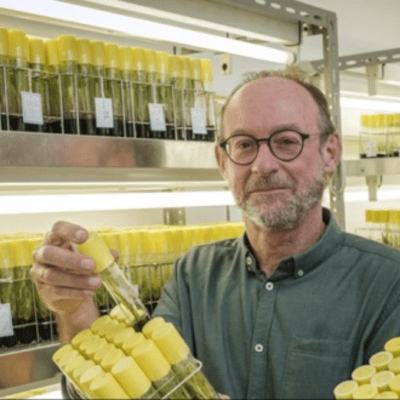
Bartholomeus Panis
Principal Scientist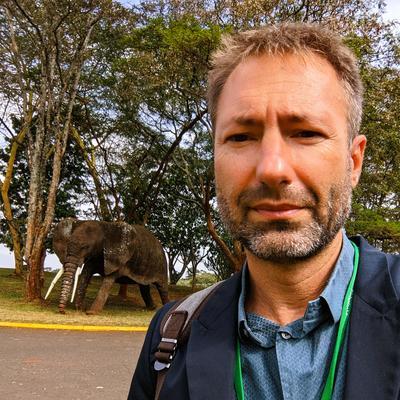
Mathieu Rouard
Senior Scientist - Plant genomics and bioinformatics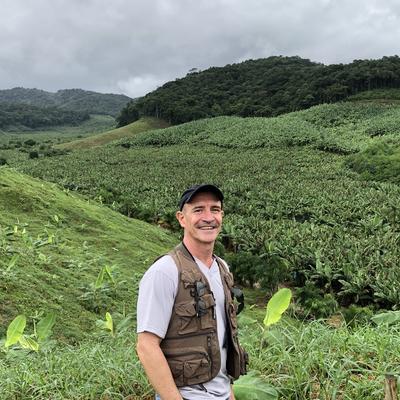
Miguel Dita
Senior Scientist - Plant HealthRelated stories
Why grow Asian Bananas in Africa? An example of Vitamin A-rich varieties
Learn more about the applications of Gene-editing and CRISPR in this Q&A with Paul Chavarriga
How we are collaborating in Peru to fight TR4
Learn about Wild Banana Collection in Asia
Related Publication
Header image: Banana diversity from Asia Pacific. Credit: Gabriel Sachter-Smith

